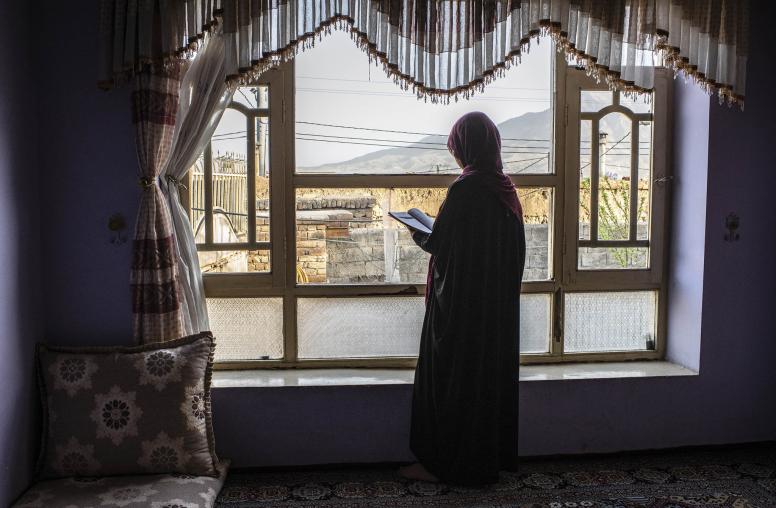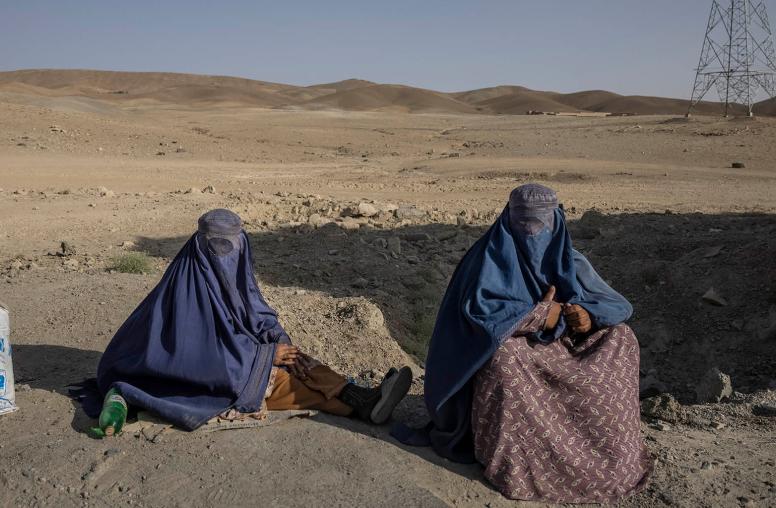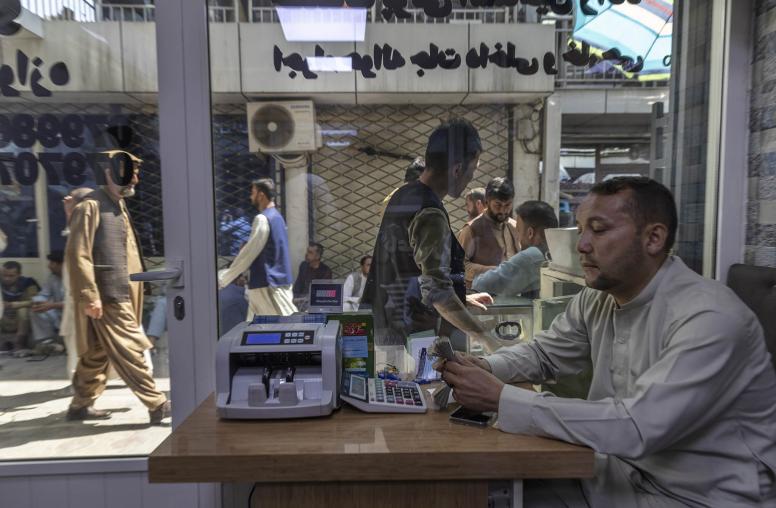Are the U.S. and the Taliban Finally Ready for Direct Talks?
With growing momentum, U.S. policy shift could be a critical step toward peace in Afghanistan
On July 16, The New York Times reported that the Trump administration had authorized direct negotiations with the Afghan Taliban aimed at ending the war in Afghanistan. The U.S. has insisted for years that any effort to bring peace must be “Afghan-led and Afghan-owned.” For their part, the Taliban has repeatedly rejected negotiating with the government of President Ashraf Ghani and demanded direct talks with the U.S. Following a series of positive developments in recent months, could the Trump administration’s decision revive the moribund peace process? U.S. Institute of Peace Senior Expert Johnny Walsh discusses the significance of this move and what we can expect from any potential negotiations.

Why would the U.S. consider direct talks with the Taliban?
If the Times’ report is accurate—and some U.S. and Afghan officials have already pushed back on it—the objective probably is to jump-start a larger negotiation to end the war, which would include the Afghan government. The Trump administration and its predecessors have preferred that the Taliban and Afghan government negotiate directly. In Washington’s view, such intra-Afghan discussion remains the only realistic way to hash out the fundamentally Afghan questions at the heart of the war, such as how Afghans will share power or what social and political rights the country will embrace.
The U.S. has tried to avoid deciding such internal questions over the heads of the Afghans who will have to live with the consequences, and it is hard to imagine a settlement having any staying power unless it enjoys the clear support of the Afghans it would most affect.
This question of who talks to whom, however, has become the main impediment to the Afghan peace process since at least 2011: the Taliban want to negotiate only with Washington, and all other parties want them to negotiate with Kabul. The Taliban argument is that the U.S. is the real power behind the post-2001 Afghan state, and what it calls the “Kabul administration” has never been a legitimate government.
In an attempt to break this impasse, the U.S. has periodically explored various forms of contact with the Taliban, focused on preliminary confidence-building measures that might open doors to a larger peace process. In that respect, the Trump administration’s reported decision appears to be another such effort, potentially now with a more concerted willingness to create an ongoing, substantive dialogue with Taliban negotiators. If true, the move also likely intends to capitalize on encouraging recent developments in the peace process, mostly notably a three-day ceasefire last month that revealed a deep desire on all sides of the conflict to end the war.
So, would the Afghan government be cut out of a peace deal?
It is very unlikely the U.S. would countenance this, though it is arguably the Taliban’s objective. Kabul would only be likely to greenlight a U.S.-Taliban bilateral channel on two conditions: that Washington coordinate closely with Afghan President Ashraf Ghani and others before and after each meeting, and that the talks not move toward decisions on the political future of Afghanistan without the Afghan government in the room. The U.S. would likely accept both points, again because of the pervasive belief in Washington that internal Afghan issues can only be meaningfully resolved by the Afghans themselves.
If a U.S.-Taliban channel opens, a vital question is whether after a reasonable period it will persuade the Taliban either to invite Kabul into the room, or to open a separate channel that includes Kabul. If the group does so, there is a real chance that a political settlement can at last wind down this war. If it does not, it will undercut pro-dialogue moderates in both Kabul and Washington, and strengthen the argument that the Taliban are not serious about making peace with their countrymen, seeking instead a separate deal for the U.S. to withdraw its troops.
What would U.S.-Taliban talks actually look like?
The most plausible negotiating partner is the Taliban Political Commission (TPC), based in Qatar. For years, Taliban statements have made clear that this is the group’s de facto foreign ministry, charged with managing all international relationships and political negotiations on Afghanistan’s future. Many have observed that the TPC has held meetings in Qatar throughout this decade, which have ultimately done little to advance Afghan peace. This is accurate, but it likely says less about the envoys and their influence than it does about the intractable positions of the senior most Taliban leaders, nearly all of whom are based in Pakistan.
Though it is unlikely—and perhaps undesirable—that one of these top leaders will join negotiations at the outset, a successful initial channel with the TPC might prompt the Taliban—and, for that matter, all other parties—to send more senior negotiators over time.
What are the odds of a breakthrough?
It will be very difficult under any scenario. The Taliban are stubborn negotiators, remain militarily confident despite the additional troops the Trump administration deployed in 2017, overestimate their own popularity, and probably still struggle to imagine a world in which they meaningfully share power with figures like Ghani. At the same time, Taliban leaders have for many years made clear they can at least consider peace as an option, and recognize that it would take them many bloody years to ever retake Kabul militarily. The U.S. can play on these realities during a negotiation.
What the Taliban want most is a timetable for the withdrawal of foreign troops. Though the U.S. is unlikely to offer an unqualified commitment to withdraw, it might be possible to lay out a plan whereby the U.S. alters the size, location, and/or mission of its military presence over the next few years in response to specific milestones in a peace process. The key is to persuade the Taliban that foreign troops will redeploy in the context of peace and stability, not in response to Taliban violence. In light of recent statements by President Ghani and Secretary Pompeo that the foreign military presence is on the table in any negotiation, and with the sudden prospect of a direct U.S.-Taliban negotiating channel, it might finally be possible to do so.



